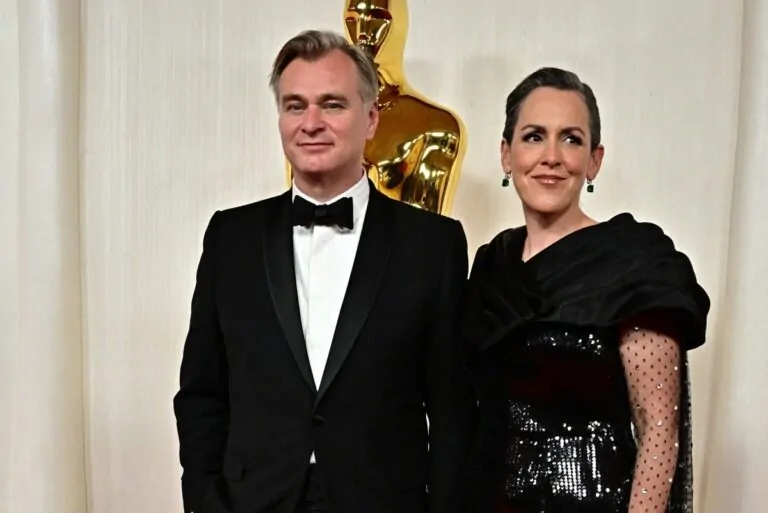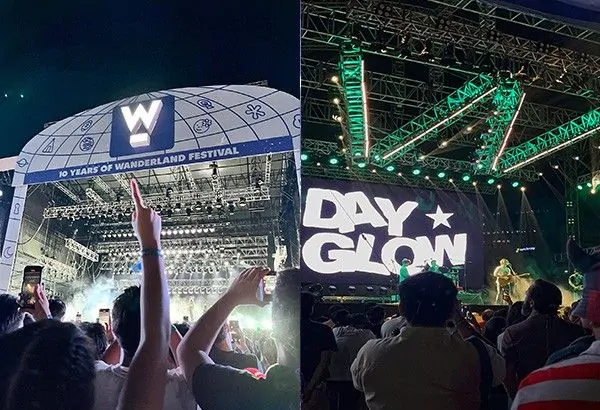
Empowering Women: She Shines Summit Features Rica Peralejo, Cristalle Belo,
- Arts and culture play a vital role in society
- They promote creativity and self-expression
- Arts and culture can bring communities together
- They provide enjoyment and entertainment for people of all ages
- Support for arts and culture is important for preserving our cultural heritage and promoting diversity in society
The Philippines is a country rich in arts and culture, with a diverse range of traditional and contemporary forms of expression that reflect its unique history and identity. From ancient indigenous traditions to modern innovations, Filipino artists continue to create works that inspire and captivate audiences both at home and abroad.
One of the most well-known aspects of Filipino culture is its traditional music and dance. Folk dances like the Tinikling, Pandanggo sa Ilaw, and Sayaw sa Bangko showcase the country’s vibrant heritage and are performed at festivals and special events throughout the Philippines. These dances are often accompanied by traditional music played on instruments such as the kulintang, a set of gongs, and the bamboo flute known as the kubing.
In addition to traditional forms of music and dance, the Philippines also has a thriving contemporary arts scene. Filipino musicians, filmmakers, and visual artists have gained international recognition for their innovative and thought-provoking work. One example is filmmaker Lav Diaz, known for his epic and poetic films that explore themes of history, politics, and society. Another is visual artist Ronald Ventura, whose intricate and surreal paintings have been exhibited in galleries around the world.
Literature is another important aspect of Filipino culture, with a rich tradition of storytelling that dates back centuries. The Philippines has produced a number of acclaimed writers, including National Artist for Literature Nick Joaquin, whose novels and short stories capture the complexities of Filipino society. More recently, authors like Miguel Syjuco and Gina Apostol have gained acclaim for their contemporary novels that address issues of identity, history, and globalization.
The Philippines is also home to a vibrant theater scene, with a long tradition of stage productions that range from traditional folk dramas to modern plays and musicals. The Cultural Center of the Philippines in Manila is a hub for the performing arts, hosting productions by both local and international theater companies. The Philippine Educational Theater Association (PETA) is another important institution that promotes Filipino theater and trains young actors and artists.
Visual arts are also a thriving part of Filipino culture, with a rich tradition of painting, sculpture, and mixed media art. Filipino artists often draw inspiration from the country’s natural beauty, history, and social issues. The Art Fair Philippines, held annually in Manila, showcases the work of contemporary Filipino artists and provides a platform for them to connect with collectors and art enthusiasts.
Cuisine is another important aspect of Filipino culture, with a diverse and flavorful culinary tradition that reflects the country’s history of trade and colonization. Filipino dishes like adobo, sinigang, and lechon are beloved both at home and abroad, and Filipino chefs like Margarita Fores and Claude Tayag have gained recognition for their innovative takes on traditional recipes.
In recent years, the Philippines has also seen a resurgence of interest in traditional crafts and indigenous art forms. Organizations like the Likhaan Center for Traditional and Indigenous Knowledge are working to preserve and promote traditional weaving, pottery, and other crafts. These efforts not only help to preserve cultural heritage but also provide economic opportunities for communities in rural areas.
Overall, the arts and culture of the Philippines are a vibrant and dynamic reflection of the country’s history, identity, and creativity. From traditional music and dance to contemporary visual arts and cuisine, Filipino artists continue to push boundaries and inspire audiences with their talent and passion. As the country continues to develop and evolve, its arts and culture will remain an important part of its national identity and a source of pride for its people.
/Digital Sauce




